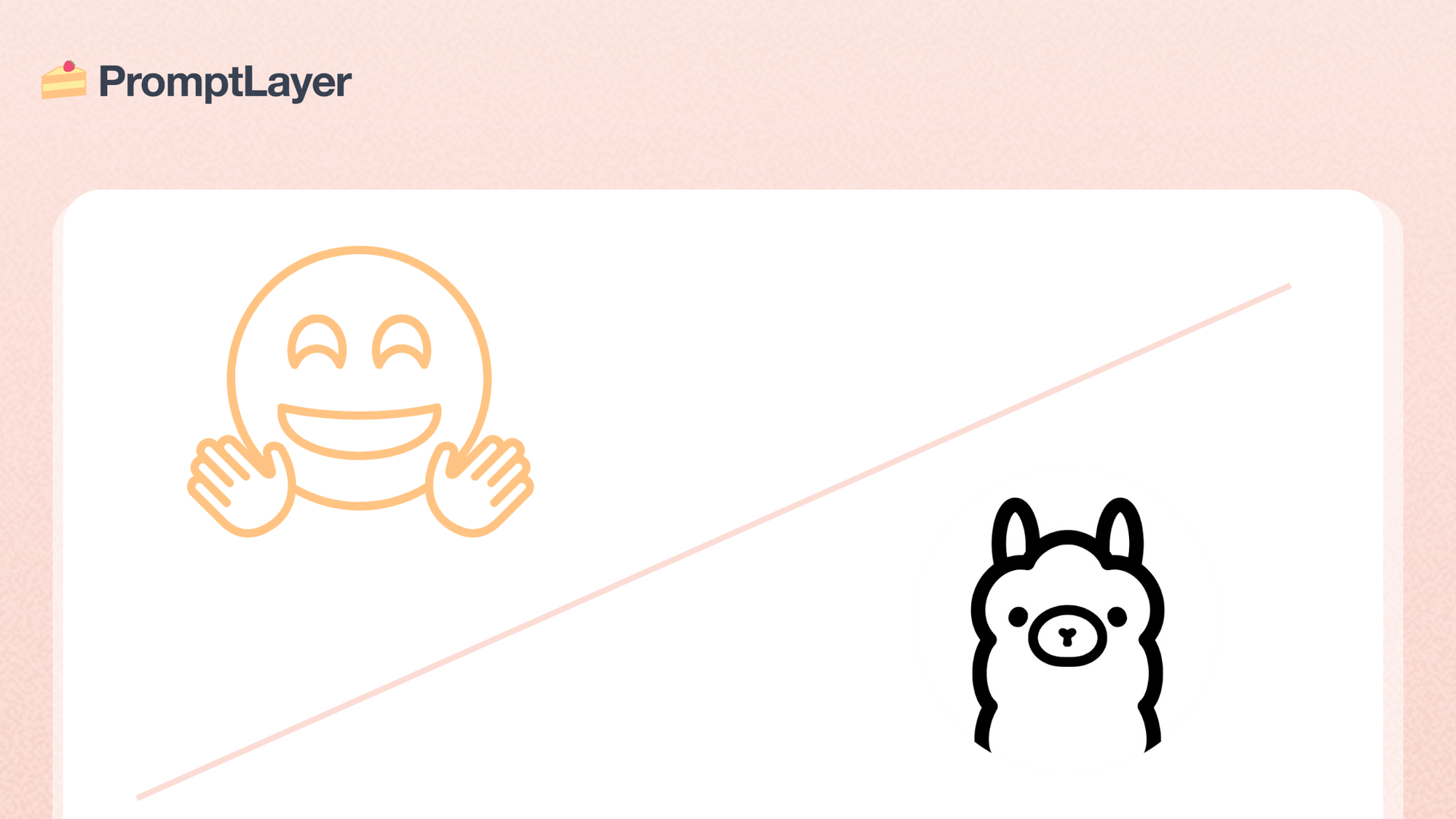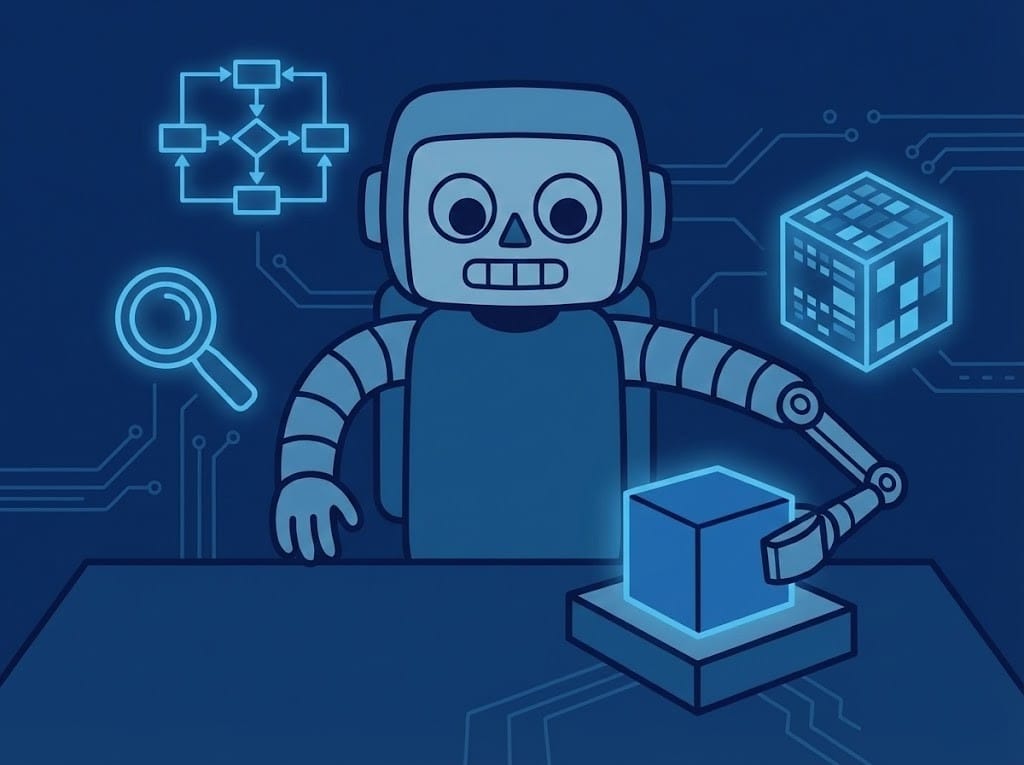Ollama vs Hugging Face: Comprehensive Comparison

Ollama and Hugging Face are two leading platforms in artificial intelligence (AI) and machine learning (ML), each offering distinct features tailored to various needs. Ollama is a great option for privacy and low-latency offline applications, while Hugging Face excels in scalability and access to a wide range of cloud-based models.
This article provides a detailed comparison to help you determine which platform aligns best with your requirements.
Background and Context
Ollama
Ollama is an open-source platform focused on deploying and managing large language models (LLMs) locally on personal or organizational hardware. This approach enhances data privacy, cost efficiency, and performance compared to cloud-based services.
Key Features
- Local Deployment: Run AI models like LLaMA and Mistral directly on local hardware, ensuring data security and minimizing external threats.
- User-Friendly Interface: Offers both command-line and web interfaces, simplifying setup and interaction with LLMs for users without extensive technical expertise.
- Model Variety and Customization: Supports a wide range of open-source models with fine-tuning capabilities for tailored solutions.
- Resource Efficiency: Optimized for consumer-grade hardware using techniques like quantization to boost performance without high-end resources.
Benefits
- Data Privacy and Security: Local management reduces data breach risks and enhances control over sensitive information.
- Cost Efficiency: Utilizing existing hardware avoids cloud costs, leading to significant savings.
- Improved Performance: Local execution reduces latency and enhances reliability compared to cloud solutions.
- Offline Capability: Operates without internet connectivity once models are downloaded, offering flexibility and independence.
- Control and Customization: Full control over model management and integration for specific problem-solving.
PromptLayer is designed to streamline prompt management, collaboration, and evaluation. It offers:
Prompt Versioning and Tracking: Easily manage and iterate on your prompts with version control.
In-Depth Performance Monitoring and Cost Analysis: Gain insights into prompt effectiveness and system behavior.
Error Detection and Debugging: Quickly identify and resolve issues in your LLM interactions.
Seamless Integration with Tools: Enhance your existing workflows with robust integrations.
Manage and monitor prompts with your entire team. Get started here.
Hugging Face
Hugging Face is renowned for its extensive library of pre-trained models and robust community resources, facilitating AI application development.
Pre-trained Models
With over 30,000 models across domains like NLP, computer vision, and audio processing, Hugging Face models are accessible via the Hub and compatible with frameworks like PyTorch and TensorFlow.
Community Resources
- Education Toolkit: Provides tutorials and guides, making it a valuable resource for educators and learners.
- Community Notebooks: Offers Jupyter notebooks for model fine-tuning and experimentation.
- GitHub Repositories: Libraries such as Transformers and Diffusers support model implementation and optimization.
Recent Developments
Hugging Face introduced HUGS, software for converting AI models into applications compatible with Nvidia and AMD hardware, showcasing its commitment to innovation.
Comparative Analysis
Here's a breakdown of how Ollama and Hugging Face compare across several key features:
| Feature | Ollama (Local Deployment) | Hugging Face (Cloud-Based Deployment) |
|---|---|---|
| Ease of Use | Local setup; optimized for on-device. | API access; minimal local setup. |
| Scalability | Limited by local hardware. | Unlimited via cloud resources. |
| Privacy | Data remains local. | Data processed in the cloud. |
| Latency | Low latency. | Dependent on network speed. |
| Cost | One-time hardware cost. | Pay-as-you-go. |
Deployment Models and Scalability
- Hugging Face: As a cloud-based platform, it offers scalable solutions for large-scale applications requiring significant computational resources.
- Ollama: Focused on local deployment, it ensures data privacy but may be limited by local hardware capabilities, suitable for small to medium projects prioritizing privacy.
Performance Metrics
- Inference Speed: Hugging Face may introduce latency due to its cloud nature, while Ollama offers faster response times with local execution.
- Accuracy: Both platforms provide comparable accuracy, influenced by model quantization and hardware specifics.
Integration and User Experience
Ollama allows running GGUF models from the Hugging Face Hub, merging local execution benefits with Hugging Face's extensive model availability, offering flexibility and a broad range of options.
Documentation and Community Support
- Hugging Face: Known for extensive documentation and vibrant community forums, providing robust support for troubleshooting and optimization.
- Ollama: Offers structured documentation and an active GitHub community, fostering collaboration and support.
Conclusion
Ollama and Hugging Face each offer distinct advantages:
- Ollama is ideal for scenarios prioritizing data privacy, offline functionality, and local execution, providing a secure, cost-effective solution for independent model management.
- Hugging Face excels with its diverse model offerings, scalability, and strong community collaboration, suitable for projects needing a wide range of models and efficient scaling.
Choosing between these platforms depends on specific project needs, such as scalability, performance, and deployment preferences. Understanding each platform's strengths and limitations enables informed decisions aligned with your goals and resources.
Conclusion
Deciding between Ollama and Hugging Face largely depends on your project's specific requirements:
- Ollama: Ideal for applications where privacy and low latency are paramount, especially in offline settings.
- Hugging Face: Best suited for projects seeking scalability and access to a broad range of models through cloud-based infrastructure.
About PromptLayer
PromptLayer is a prompt management system that helps you iterate on prompts faster — further speeding up the development cycle! Use their prompt CMS to update a prompt, run evaluations, and deploy it to production in minutes. Check them out here. 🍰



